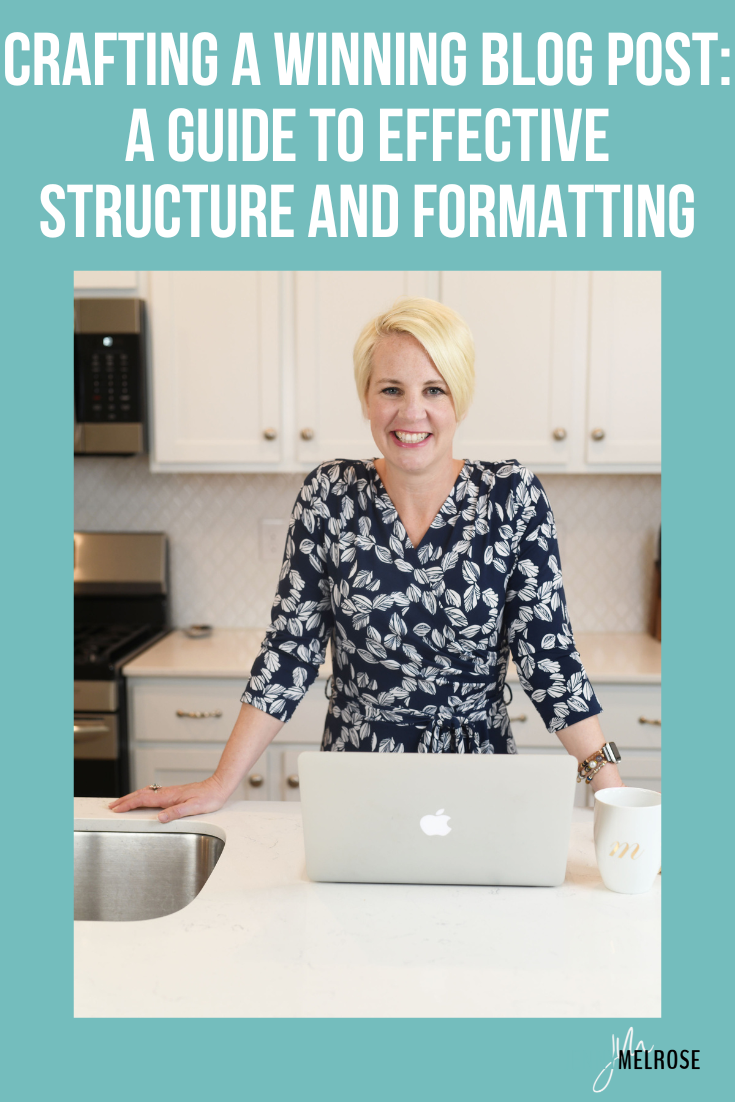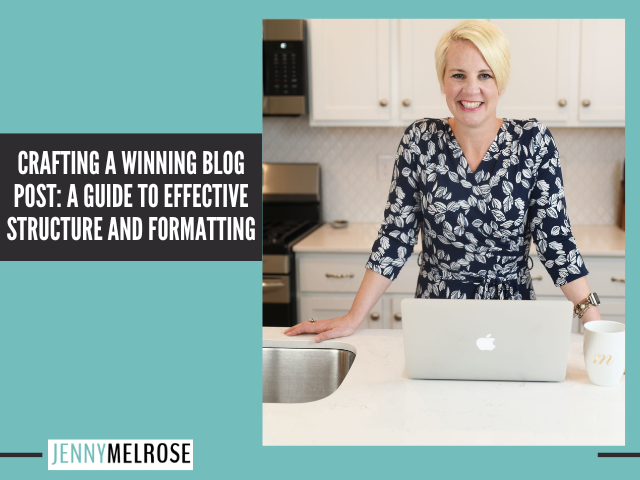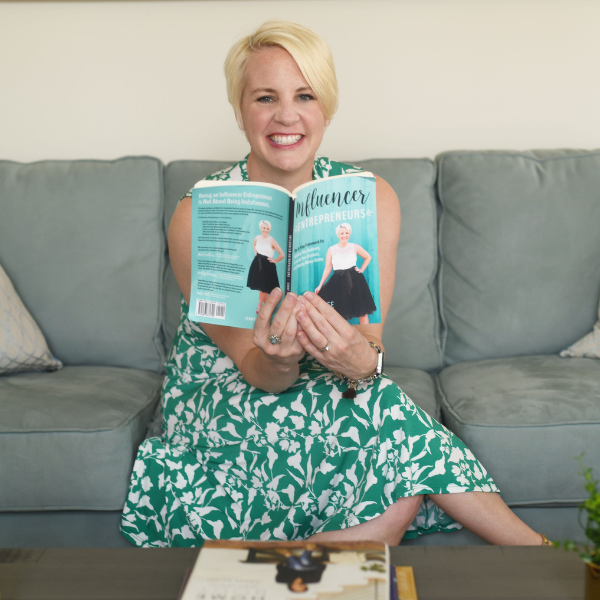If you’re new to blog marketing or looking to improve your blog post structure, you’re in the right place. In this article, we’ll answer some common questions about blog post structure and provide tips to help you create well-structured, engaging blog posts.
Crafting a Winning Blog Post: A Guide to Effective Structure and Formatting

- What is the ideal length for a blog post?
The ideal length for a blog post can vary depending on your topic, audience, and goals. However, most experts recommend aiming for posts that are at least 1,000 words long. Longer posts tend to perform better in search engines and provide more value to readers. That said, it’s important to prioritize quality over quantity. If you can provide valuable information in fewer words, that’s great too.
- What should I include in the introduction of my blog post?
Your introduction should grab your reader’s attention and provide a clear overview of what your post is about. You can do this by posing a question, sharing a statistic, or telling a story that relates to your topic. It’s also a good idea to include a thesis statement that summarizes the main point of your post.
- How do I structure the main body of my blog post?
The main body of your post should be organized into sections or paragraphs that cover different subtopics related to your main point. Use headings and subheadings to break up your content and make it easy to scan. You can also use bullet points, numbered lists, and images to make your content more engaging.
- What are some effective ways to use headings and subheadings in my blog post?
Headings and subheadings are a great way to break up your content and make it easy to scan. Use descriptive headings that accurately reflect the content of each section. You can also use different levels of headings to create a hierarchy of information. For example, H1 headings should be used for your main topic, while H2 and H3 headings can be used for subtopics and sub-subtopics, respectively.
- Should I include images or other media in my blog post, and if so, how should I use them?
Images and other media can help make your blog post more engaging and visually appealing. Use high-quality images that are relevant to your topic and add value to your content. You can also use videos, infographics, and other media to explain complex concepts or provide additional context.
- How should I conclude my blog post?
Your conclusion should summarize the main points of your post and provide a clear call to action. Encourage your readers to take action based on what they’ve learned, whether that’s leaving a comment, sharing your post on social media, or signing up for your email list.
- What are some tips for formatting my blog post to make it more visually appealing and easy to read?
Formatting is key to making your blog post easy to read and visually appealing. Use short paragraphs and sentences, bold or italicized text to highlight important points, and plenty of white space to break up your content. You can also use block quotes, pull quotes, and other formatting elements to draw attention to key information.
- How can I optimize my blog post for search engines?
To optimize your blog post for search engines, use relevant keywords in your title, headings, and throughout your post. Use alt tags to describe your images and include internal and external links to other relevant content. Make sure your post is well-written and informative, and consider adding meta descriptions and other metadata to improve your visibility in search results.
9. What are some common mistakes to avoid when structuring a blog post?
- Some common mistakes to avoid when structuring a blog post include:
- Failing to organize your content into sections or paragraphs
- Writing long, dense paragraphs without breaks or subheadings
- Using jargon or technical language that
- is difficult for readers to understand
- Failing to provide a clear thesis statement or main point
- Including too much irrelevant information
- Using a boring or unengaging writing style
- Ignoring the importance of formatting and visual elements
- Neglecting to proofread and edit your post for errors.
- How can I test and improve the structure of my blog posts over time?
One of the best ways to improve your blog post structure over time is to regularly review and analyze your content. Use analytics tools to track metrics like pageviews, bounce rate, and time on page to see how readers are engaging with your content. You can also ask for feedback from your audience or colleagues and use that feedback to make changes and improvements. Finally, don’t be afraid to experiment with different formats, styles, and structures to see what works best for your audience.
In conclusion, creating a well-structured blog post requires careful planning and attention to detail. By following these tips and guidelines, you can create blog posts that are engaging, informative, and easy to read. With practice and perseverance, you can become a skilled blogger who knows how to structure content that resonates with your audience and drives results for your business.



Great tips that I will be implementing in my blog post structure.
I’m so glad you found it helpful!
AI?
Artificial intelligence. Software like chatGPT where content is generated for you.